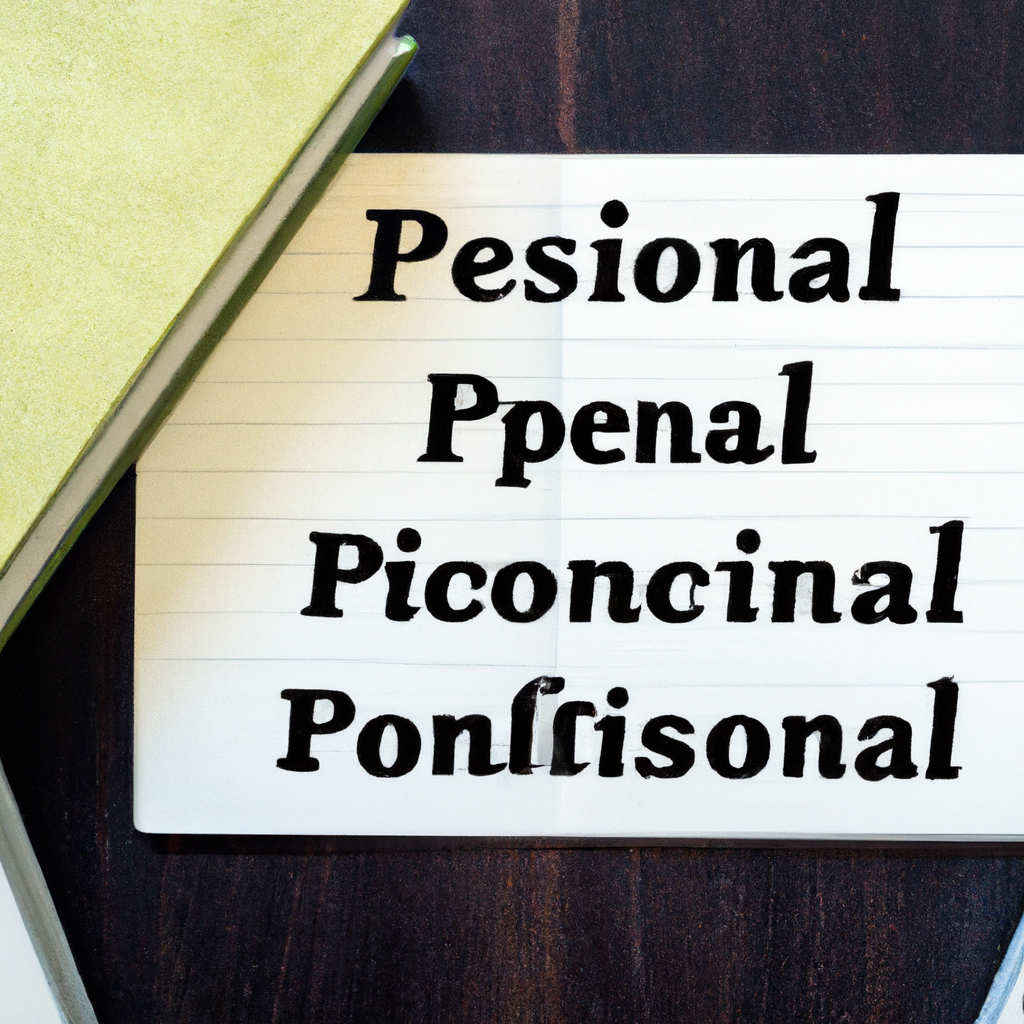When facing the unexpected, insurance claims can help make the situation a little easier. The claims process may seem daunting, but the key to being successful is understanding the steps needed to maximize your payout. This guide will outline the process and provide tips to ensure you get the most out of your insurance claim.
1. Unmasking the Insurance Claim Process: Unlocking the Path to a Successful Payout
Have you ever found yourself needing to make an insurance claim and didn’t know where to start? Well, don’t worry — you’re not alone. Whether you are filing for a personal health or home insurance claim, or for a more complex business venture, you should always know your rights as an insured individual. That’s why understanding and unmasking the insurance claim process can be the key to unlocking a successful payout.
Gathering Important Documents
The first step to any successful claim is collecting all the necessary documents and information. Be sure to have on hand:
- Proof of valid insurance coverage (be it a policy renewal, an insurance card, or prior payment receipts)
- A copy of the signed claim forms
- Any additional documentation related to the claim (doctors’ statements, invoices, receipts, etc.)
Ensuring that all required paperwork is complete should be your priority in the filing process as omitting any required piece of information can delay or significantly hinder the proceedings.
Contacting Your Insurance Company
After liability is established, the next step in the insurance claim process is notifying a representative from the insurance company. Fortunately, insurers have many ways for customers to get in touch — landlines or toll-free numbers, email addresses, and social media methods, among others. When you do get in touch, be sure to have all the relevant documents on hand and inquire as to the specifics of the policy.
Submitting the Claim
Whether submitting a claim via phone, mail, or online, keep copies of all documents and information sent. While some companies require access to medical reports, you can also attach additional records of medical treatments received to the claim. Typically, insurance companies take about five business days or more to process a claim, review documents, and contact you with a response.
2. Mastering the Art: Step-by-Step Guide to Maximizing Your Insurance Claim Payout
Maximizing an insurance claim payout can be a daunting process, but if you understand the key components of filing a claim, it’ll become far less daunting. This step-by-step guide will ensure you understand how best to maximize your insurance claim payout.
1. Gather Necessary Documents. Before you begin the process, make sure you have all relevant documents prepared and easily accessible. These should include your policy number, contact information for your insurance company, and other paperwork that may be requested. It may also be beneficial to have a list of items damaged or destroyed in the incident.
2. Understand Your Type of Insurance. Different types of insurance may have different rules when it comes to filing a claim, so it’s important to know the details of your policy beforehand. Speak with an insurance representative to understand the claim process for your specific type of insurance.
3. Ask for a Reasonable Payout. When submitting a claim for an insurance payout, it’s usually best to err on the side of caution but to also make sure you are claiming the maximum amount possible. Speak with an insurance claims adjuster to find out the maximum amount you can receive in a payout.
4. Consider Professional Assistance. Depending on the complexity of the claim, if may be wise to hire a qualified third-party to assist with the process. An attorney, for example, may be able to help you effectively argue your case.
5. Be Prepared to Negotiate. If you’re not satisfied with the payout offered, be prepared to negotiate. Act in good faith and with reasonable expectations and remain level-headed throughout the process; an aggressive approach rarely pays off.
6. Document Everything. This is a crucial aspect of the process as accurate records of communications, negotiations, and settlements may come in handy if the situation requires legal consideration. Document each step and maintain a paper trail throughout.
3. A Winning Strategy: Unleashing the Secrets to Optimize Your Insurance Claim Process
Do you want to create a winning insurance claim process? The best approach is to use a proven strategy to harness the advantages of optimizing your claim process.
Commit to Automating – Automation is one of the cornerstones of an efficient insurance claim process. By automating mundane, repetitive tasks, organizations can streamline their processes, expedite decision-making processes, and focus their resources on more creative and analytical tasks. Automation can also provide a more holistic view of customer information for better decisions and improved customer service.
Leverage Data Science – Data science can be an incredibly powerful tool for improving your insurance claim process. By harnessing the power of AI and machine learning, you can gain access to greater insights into customer sentiment, behavior, and trends. This insight can help you to process claims more quickly, accurately, and cost-effectively.
Integrate Systems & Tools – To maximize the efficacy of your insurance claim process, you should integrate different systems and tools into your workflow. When these different pieces are integrated, it makes it easier to access customer data, process claims, and communicate with customers more efficiently.
Analyze & Improve – Finally, it’s essential to analyze and continually improve your insurance claim process. This includes tracking key performance indicators, such as claim uptime and customer satisfaction level, to ensure that your process is running efficiently and is responsive to customer needs. Additionally, it’s important to be able to quickly and accurately analyze customer data to guide decisions and take quick and effective action.
By following these strategies, you will be well on your way to optimizing your insurance claim process and driving results. By taking time to analyze your claims process, and integrating automation, data science, and system integration, you can create an insurance claim process that is fast, effective, and customer-centric.
4. Knock, Knock – It’s Your Payout: How to Navigate the Insurance Claim Process Smoothly for Maximum Benefit
Making an insurance claim can be a daunting task and presented with a range of financial and emotional dilemmas to tackle. No matter the reason for your claim, you want to make sure you can receive the maximum benefit with the least amount of fuss.
So, how can you navigate the system with the greatest of ease and get the most out of it? It all begins with a few key steps.
Prepare Ahead
The best way to ensure a successful payout is to do the homework beforehand. Research your insurer’s policies and procedures and familiarize yourself with their rules. Knowing what you’re entitled to and what they’ll cover prepares you for any hitches that could occur.
When you’re ready to submit your claim, make sure you have:
- Any necessary documentation pertaining to the claim, including receipts, if applicable to the case type
- Accurate contact details so the insurance company can contact you
- A clear explanation of the events leading up to the claim, as well as your version of events
- Non-negotiable patience – the process could take anywhere from days to weeks depending on the insurer and complexity of the claim
Notify the Insurer
After you’ve completed any prior steps, you’ll need to contact the insurance company and file a claim. Get in touch with your insurer, letting them know what’s happened as concisely and accurately as possible. You’ll provide any pertinent documents and information concerning the claim, which they’ll then evaluate.
From here on out, it’s all a waiting game. Somebody from the insurer will contact you within a given time frame to mull over the details. They’ll assess the blog, confirm that you’re eligible to receive the payout and confirm how the claim process will likely progress.
Keep It Up
Throughout the process the insurer may ask you to provide additional information or documents. Stay in close contact with them through the entire procedure and don’t be afraid to ask questions. The more knowledgable you are about the claim, the better of a footing you will have.
You should also keep an eye out for any correspondence from the insurer, or notices of evaluation or extinction status, and respond to them in a timely manner. Stay up-to-date and proactive in order to maintain your claim’s validity and ensure a smooth payout.
Having the knowledge about the insurance claim process can help you maximize your payout. It doesn’t matter if your claim is for a severe storm or for an auto accident, by following these steps you can ensure that your claims process will be successful and the money you get will be as much as you deserved.



















